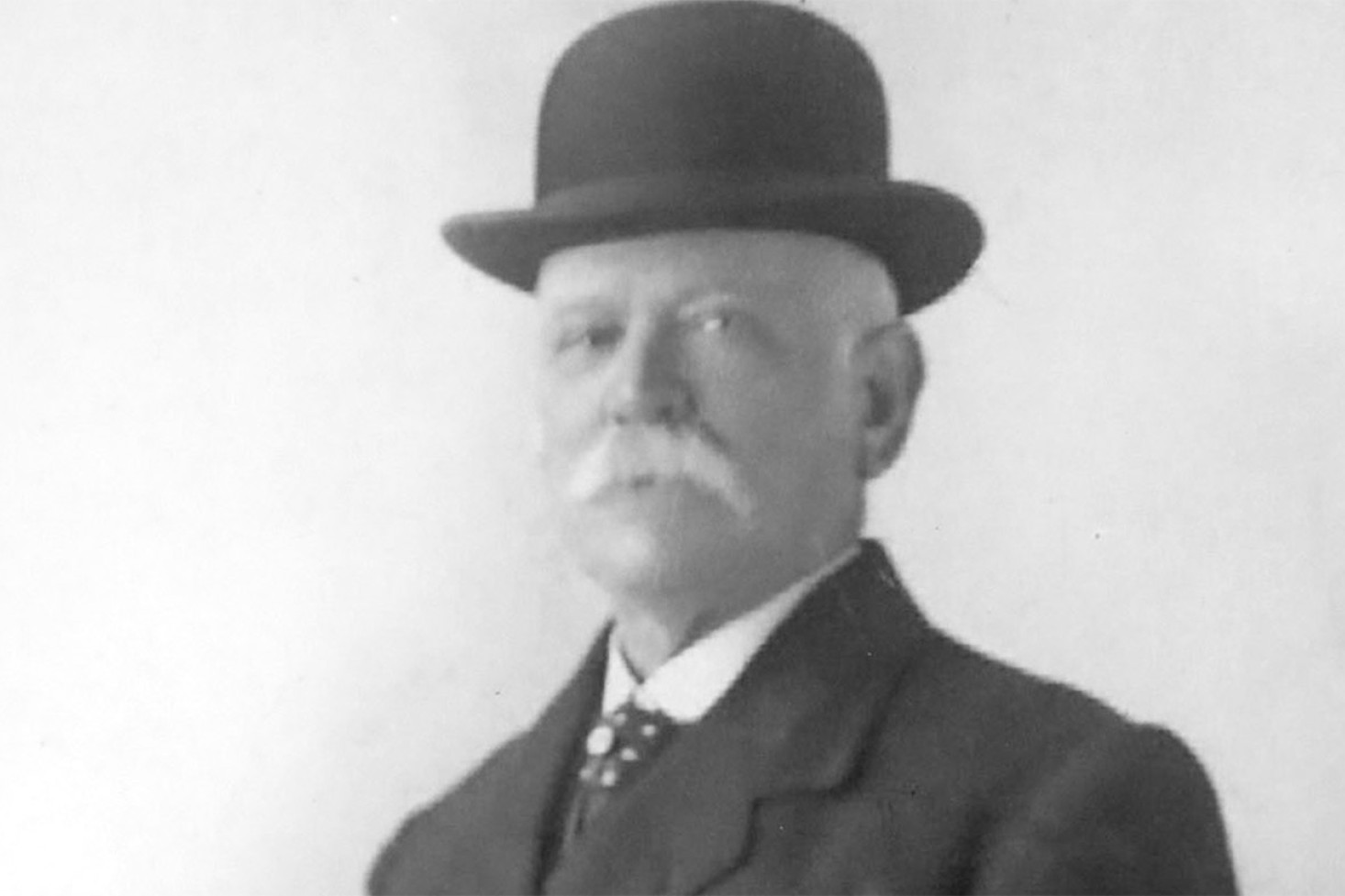Community & Business
27 June, 2025
Clifton turns 150: Clifton’s founding father James Mowen
Every country town has at least one person who has displayed confidence in the town’s early development and invested their capital in the town’s future. For Clifton that person is James Mowen.

European settlement on the Darling Downs began around the 1840s when squatters such as King and Sibley moved in taking up large tracks of land.
One such squatter lease was the Clifton Downs Run which became split when construction of the railway in 1869 divided it in two.
The government of the day decided to open up one half of the run to smaller selectors and a small village settlement began to evolve.
When lots of land in the village were offered up for sale in 1875 one very keen buyer was the enterprising Irishman, James Mowen.
Mowen had made a living by following the railway’s construction, supplying food and liquid refreshments to the rail gangs.
When the sale of one acre lots in the proposed town of Clifton came up the most aggressive buyer was James Mowen who paid more than double the average price for the prime position offered by Lot One.
Mowen obviously had confidence in the future of the new town and established the first store-cum-shanty inn, obtained a publican’s licence, and built the first hotel in the town in 1886.
The Clifton Arms Hotel was built next to the weathered board cottage he had earlier built on Lot One.
As the town prospered so did the finances of James Mowen.
He built several shops and cottages over the next two years.
By 1888 Mowen was renting out four establishments in Clifton; the Clifton Arms Hotel rented to John Hurley, John Logan rented the old Redbank Hotel, James Inwood rented a cottage and Arthur Inwood rented a shop for his Blacksmith business.
Jim, as he was known, eventually became moderately wealthy owning many parcels of Clifton land and as a staunch Catholic helped his church by donating a one acre parcel of land for the construction of the Memorial Church of St. James and St. John on Meara Place.
When he died in 1897, Mowen left a considerable sum of money to the Catholic Church with direction in his will that a monument be built above his grave.
Mowen was buried in the Clifton Cemetery and, as per his will, he expected a monument would be constructed above his grave as his lasting legacy to the town.
However, the executors of the will, John Logan, John Gillam, and William Dalton, with the approval of the Parish Priest, Rev. Father J. Horan, decided that the memorial to be erected should be a church.
As such, James’ body would be exhumed from the Clifton cemetery and finally laid to rest on the site of the new church.
The new church was opened in April 1900 with the grave of James Mowen strategically placed below the building, directly under the altar.
There is no doubt James Mowen would be delighted with the beautiful church above his grave that serves as his monument to this very day.
James Mowen experienced the good years of Clifton when it grew quickly as agriculture in the region prospered.
Even better years followed his death when Clifton became known as the “Million Bushels of Wheat District” after the bumper crop of 1928/29.
James Mowen would be impressed by the town Clifton has grown into today.
As a shrewd businessman he may however, raise an eyebrow in despair at the number of shops in King Street now lying vacant.
Then again Mowen was a visionary when it came to business opportunities and he might just see new opportunities for these vacant shops.


